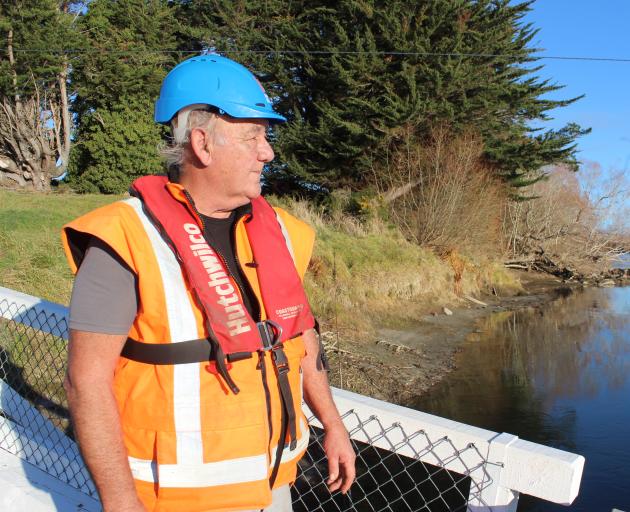
Contact Energy head of hydro generation Boyd Brinsdon said flows in the past three months into its power stations were the lowest since recording began.
''We've had lower flows in the past. But this period is the lowest we've seen historically.''
Lake Hawea was 15% of mean water levels at 339msl (above mean sea level), Lake Wakatipu was 17% of mean at 309.4msl, and Lake Wanaka was 25% of mean at 276msl.
The lakes feed into the Clutha River which powers both the Clyde and Roxburgh dams.
This meant since early May more energy was being imported into the South Island from the North Island than vice versa, he said.
''It hasn't really rained in the headwaters of the Clutha since February.''
There was not much rain in the forecast, but ''that was just a forecast'', he said.
There was a ''level of concern'', but at this stage it was not significant, Mr Brinsdon said.
''But if these conditions persist, then those concerns will rise.''
It should not have a great effect on the ecosystem of the river as the company was complying with the flows set in its consent conditions, he said.
Contact head of corporate communications Shaun Jones said low hydro flows affected the wholesale price of electricity, but not its retail price.
''The customer pays the same rate for the electricity regardless when they use it, protecting them against spikes in the wholesale price.''
National Institute of Water and Atmospheric Research senior media adviser Susan Pepperell said the flow level of the Clutha River at Balclutha was 282cumecs, which was considered ''around the average low flow''.
The river was heading into the period where flows were low because of winter, she said.
Tuapeka Punt operator Terry Stride said about 500-600 cumecs was good for the service.
''With the levels at the moment, the way they have been, it's been down to 160 cumecs and 180, which is getting that low that we can't operate and we ground up on the other side of the river.''
In the past two or three weeks it had to close down two or three times due to the water level, he said.
''We're taking pedestrians across, but on the west side it was getting to the stage where there was only a metre of depth. That's pretty critical for the punt. It's just going to push it down into the gravel.
''Normally you can't see the water, but we're seeing parts of the bed we've never seen before.''












